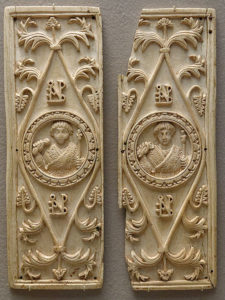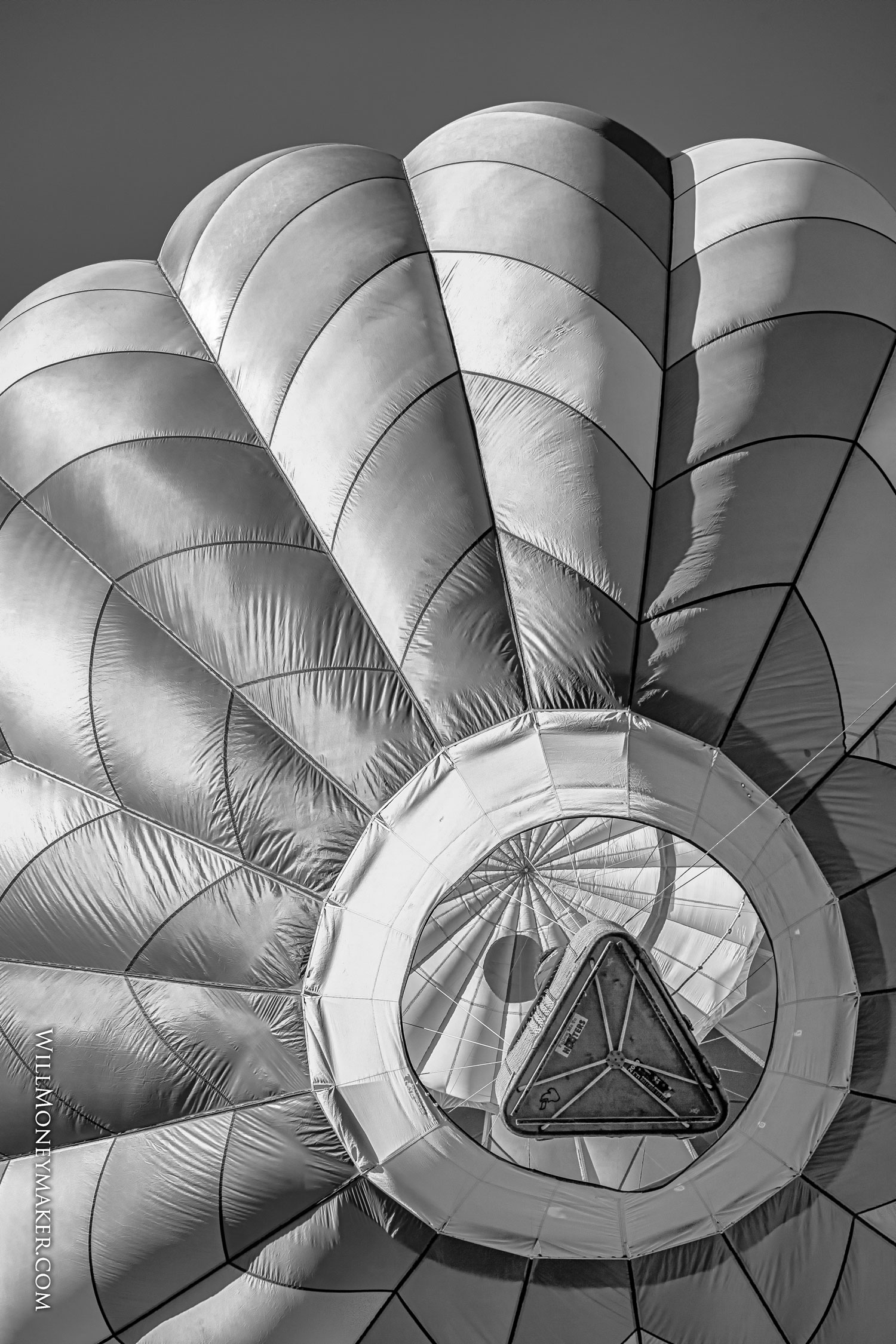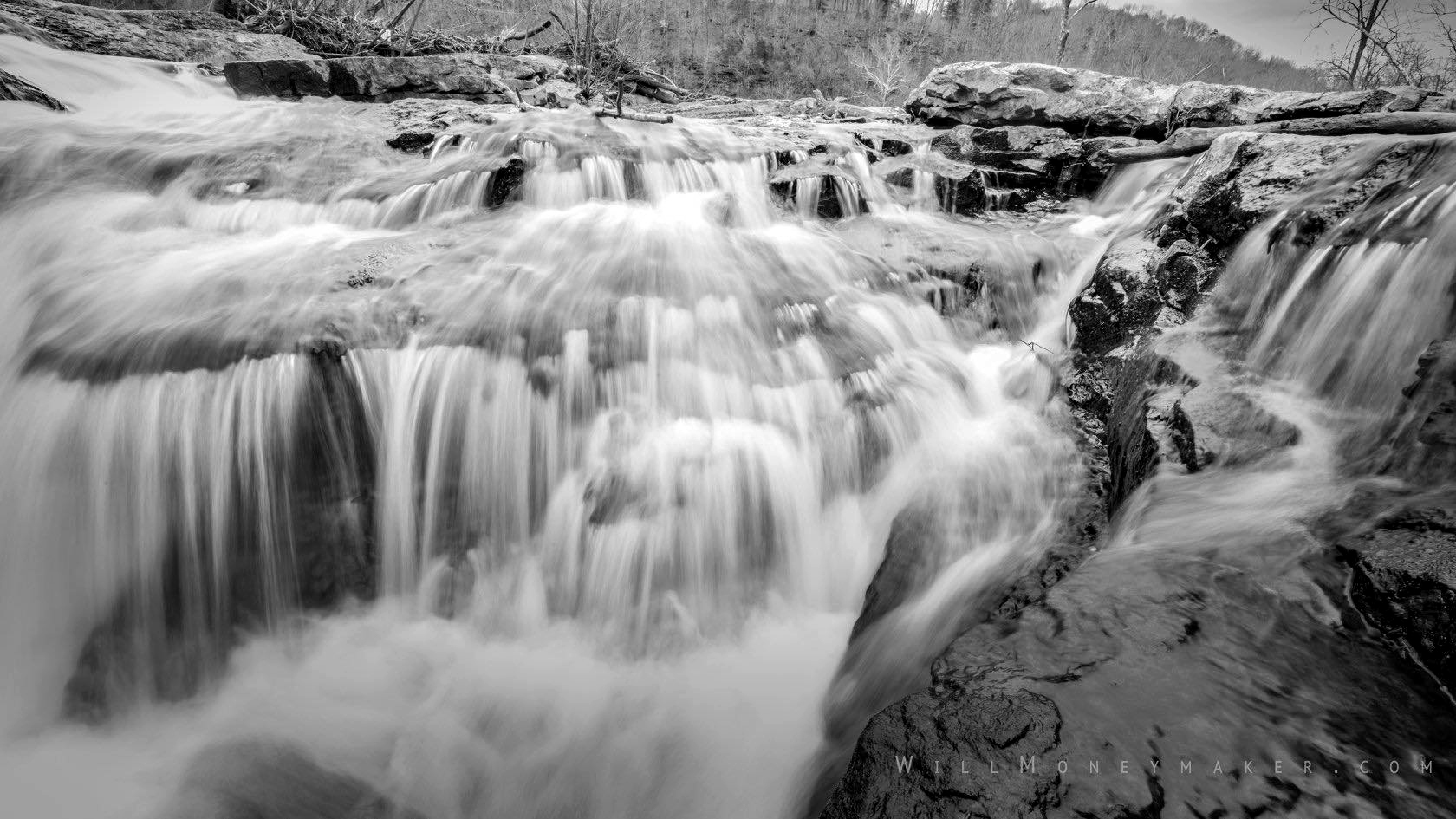When we think about art, we think about it as one piece – one painting, one sculpture or one photograph. However, sometimes it is impossible to tell an entire story in just one print. That is why I ask the question: Why leave your photos to stand on their own? The fact is that there are many ways to display photos in a series, and when done well, a series is even more interesting than a single image. Further, there are many ways to arrange groups of images – diptychs and triptychs, collages or even as a journalistic series. Each of these groupings brings something different to fine art photography.

Diptychs and Triptychs
Diptychs and triptychs have always been popular among painters, and they’re starting to catch on among photographers, too. Diptychs are comprised of two similarly sized images while triptychs are made from three images. With this type of series, the goal is to tell a story in slightly more detail. For instance, you could create a diptych using an image of a tree paired with a close-up shot of that tree’s leaves.
You can also use the separate frames of a diptych or triptych to divide a single subject into two or three panels so that the audience is tempted to study each of the panels in more detail rather than focusing on the subject as a whole. This is quite common in fashion and portrait photography – you’ll often see a photo of someone cropped so that their legs fill one fame, the torso fills another, and the head and shoulders are in the third.
Creating a Collage
You probably remember collages from your elementary school art class. Your teacher had you cut out all of your favorite images from a pile of magazines and paste them onto a poster board with little thought to organization or relationships.
Unlike those elementary school projects, photographic collages are highly organized. Instead of pulling random favorite images from your collection, you’ll want to design your collage around a theme. This theme could be anything – if you have hundreds of images of flowers, group several of your favorites together into a single print. You can even create a collage of images whose relationships aren’t immediately obvious. For instance, if you’re trying to capture the essence of autumn in a collage, you could combine images of fall leaves with ripened wheat, harvested crops and other elements that are common during the season.
The Journalistic Series
For most photographers, bigger is better – we all want to create images that can be printed on a massive scale. However, it often simply doesn’t work out that way, and for some applications, your images don’t need to be massive. Photos in a journalistic series are an excellent example of this. In fact, you’ll sometimes see these stories told entirely in Polaroids or other small prints.
Creating a journalistic series is not unlike creating a storyboard. You’ll want to choose images that tell a story, from the beginning to the end. For instance, if you were creating a series that documents the work of a sculptor, you could start with an image of the raw materials, tell the story with photos of the work in various stages of completion, and end the story with a photo of the finished sculpture.
Once you get away from the idea that individual photos need to stand on their own merits, you’ll find that you’ve opened up a whole new world of storytelling. Diptychs, triptychs, collages, and the journalistic series – they’re all wonderful ways to add a new layer of depth and meaning to your art.




